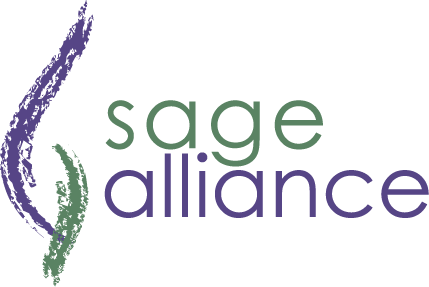We’ve all heard that people would rather die than get up in front of an audience for public speaking. Giving feedback conjures up the same feelings of fear and trepidation. However, to develop your employees, it’s important to give them regular and timely feedback. When I’m facilitating workshops on leadership I talk about creating a feedback culture. What I mean by this is a culture that promotes giving feedback as a regular occurrence and not solely reserved for annual reviews.
In these workshops I ask the participants to raise their hands if they like giving feedback. On average no more than two or three people raise their hands, that’s less than 1/8 of the class. But when I ask how many like receiving feedback, almost every hand goes up. I also conduct 360 feedback sessions on behalf of my coaching clients and invariably I hear “this is the first time I’ve ever heard this” when they receive their feedback report. We are doing a huge disservice to our employees by not giving them regular and immediate feedback to help them continue to grow.
So why is it there is such a great dichotomy between giving feedback and receiving it? Probably the biggest reason is it takes courage to give tough feedback. No one wants to hurt someone’s feelings intentionally. But how else can we grow if we don’t get feedback? When I look at the business case for giving feedback, a more engaged workforce tops the list. Research shows employee engagement goes up dramatically when employees receive regular feedback, even when it’s centered around their weaknesses.
It’s as easy as 1-2-3 to give actionable and valuable feedback. I’ve developed a simple and proven 3-step process that I call OWN.
Observations – Describe the behavior you observed using specific examples. Focus on the facts and don’t make it personal.
Why is this important – Describe the impact on you as the manager, on the team, morale, etc.
Next steps – What specific actions can they take or behaviors they need to change to address this feedback.
Here’s a real-life example of how you can use OWN.
What I observed is in yesterday’s meeting you became defensive when other people offered an alternate viewpoint to yours and you got impatient and cut them off.
Why is this important? Because people see you as not being open or not listening when you defend your position and cut them off. The impact of this is you will find it hard to get buy-in if people don’t feel they are being heard. This makes it challenging to move your initiative forward.
Some next steps include taking a breath and pausing to think what you want to say when someone disagrees with your idea. Another option is to say “here’s my point of view I’d like to hear your point of view when presenting a new idea. And a third option is to state, “help me better understand more about your idea” when you feel yourself getting defensive.
I offer three helpful tips for using OWN:
1. Keep the focus on the specific behavior you observed and not on the person. This should not be a personal affront.
2. Provide the feedback in a timely manner. The longer you wait, the less effective your feedback will be.
3. Make sure it’s actionable. If the feedback is too vague it will not be clear what they need to do as a result of your feedback. Gain agreement on how you will measure progress and when you will circle back to check-in on their progress.
I promise you if you OWN it you will get more comfortable giving tough feedback. Your employees will feel engaged and happy that you are investing in helping them grow. Giving feedback really can be as easy as 1-2-3.
Sage Alliance, a Leadership Performance Company, provides coaching, teambuilding and assessments, workshops and speaking on topics including; leadership development, empowering teams, communications, lasting impressions, personal branding and building a coaching culture for executives and high-potentials – for both team and individual leaders.
Contact us today to discover how your organization can get the most through improved productivity, efficiency and direct impact to your bottom line, while leaders gain powerful insight, crystallize opportunities for growth and fine tune their strengths, enabling them to make the greatest impact. You can contact Shelley Hammell directly at shammell@thesagealliance.com.
